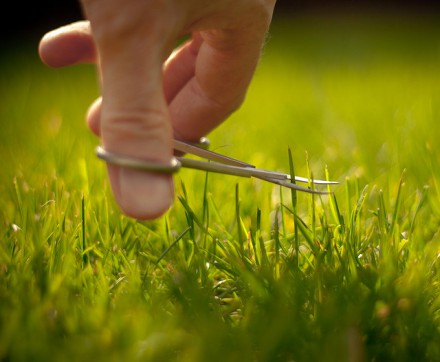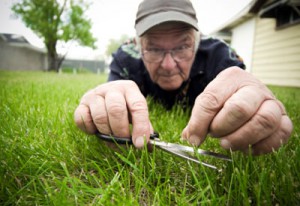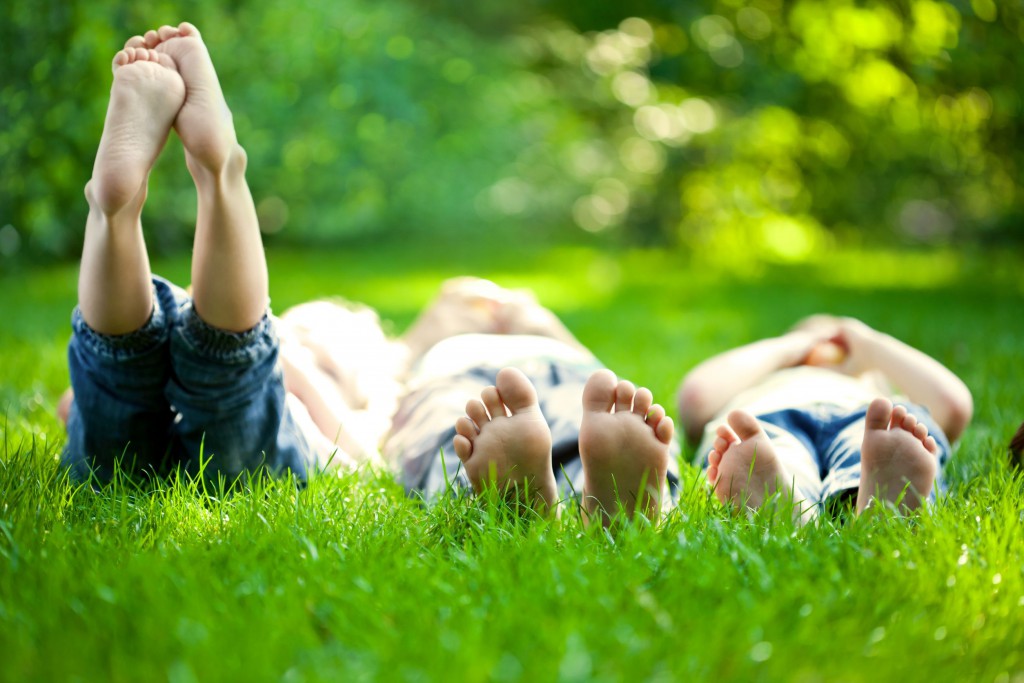Lawn not Green?
Everyone wants a perfect green lawn, but the truth of the matter is, for this to be achieved, a little bit of work is involved. Well all know grass requires regular watering, mowing, weeding and an occasional feed, but if you are nailing each of these and your beloved lawn is still turning yellow or thinning out, what on earth could it be?
Lucky for you, turf responds reasonably quickly to most treatments. It’s signs of stress are usually obvious and is best to address the issue as soon as possible before it gets worse. Letting your lawn deteriorate will only make the matter worse. An unhealthy lawn is more likely to wear out quicker, let weeds take hold where there is exposed soil, erode and be susceptible to further attack. If you’re lawn is yellowing or starting to die off, refer back to this blog post for your answer!
If your lawn is turning yellow it could be due to a number of things, these include:
Too much fertiliser – This burning can occur when in the passion of attempting to have the most green grass in the street, the application rate has been bumped up a bit too much and the blades of grass actually get burnt. The burning is caused by the nitrogen in the product which is there to promote green leaf growth. It is the same nitrogen that is present in dog urine that has the same effect. This will result in yellowing and even turning parts of your lawn brown or black!
Treatment – To help prevent this, obviously don’t get too carried away with application rates, but also water the product in as soon as you can. The longer the product is in contact with the leaf, the higher chance of burning and yellowing. Avoid applying fertilisers on hot days as a general rule.
Lack of Water – Even if you think you’re grass gets enough water this may not be the case. Depending on the soil profile beneath your turf, the water you apply can quite easily just drain either straight through (Sandy soils) or run straight off (Hydrophobic). The other obvious cause is hot weather. Especially newly laid turf will suffer from a hot windy day but will always respond to a thorough watering.
Treatment – There are numerous products which contain wetting agents that can be simply hosed into your lawn. These products will help the existing soil hold the water rather than letting it pass straight through. Top dressing your lawn can also help but use a product that has a bit more organic matter than the usual sandy top dressing. We have had good results using premium garden mix. Just top dress as normal, applying a thin layer and working it into the grass with the back of a rake or lawn level tool. Hose it all in and the following week give the lawn a mow, the lawn mower will pick up any chunky bits of the garden soil that are left on the surface. The installation of an irrigation system will also help prevent your turf from drying out, even when you’re away.
Winter – The cooler months slows the growth of most plants, turf included. While some plants go dormant, turf will continue to grow but at a much slower rate than in the warmer months. Your turf will be more susceptible to lose its colouring and potentially thin out especially in areas of high traffic and shade. There is nothing wrong with your lawn and little you can do.
Treatment – Treatment is limited, but you can prevent your turf losing too much vigour. With less sun through the winter months, the soil under your lawn can remain damp and get easily compacted. With this in mind, Autumn is a good time to aerate the soil. This can simply be done with a fork, or you can hire equipment to do it for you. There are also winter fertilisers that can be applied in Autumn.
Subgrade – The soil underneath your lawn has a huge part to play in the health of your lawn. Soil pH can cause discolouration. Neutral is generally best and this can be easily tested with a simple pH kit. Compaction is also a factor especially under high traffic areas. With all the air and moisture squeezed out of the soil, the grass roots have no where to go. And finally, drainage. Turf likes free draining soils. If too much water is continuously present, your lawn will be sure to suffer.
Treatment – Don’t try to fix the pH at once! This must be done gradually. To raise you soil pH you’ll need to add lime or dolomite. Adding Iron Sulphate will lower the pH. To help compaction, simply use a garden fork and a bit of elbow grease to create holes in the soil below your turf, alternatively, as a common practice on sporting fields, you can core hole your lawn, which removes small core samples allowing airflow beneath your lawn. These holes can then either be left or top dressed with a sandy soil topdressing product.
Generally, get the simple things right and your turf will love you for it. If a lawn is too far gone and has been an ongoing battle especially against compaction and drainage, then it could be time to start again. But be sure to get all the preparation work done properly and you’ll have a lush green lawn almost year round to enjoy!
Written by Nick Mason
Residential Design


